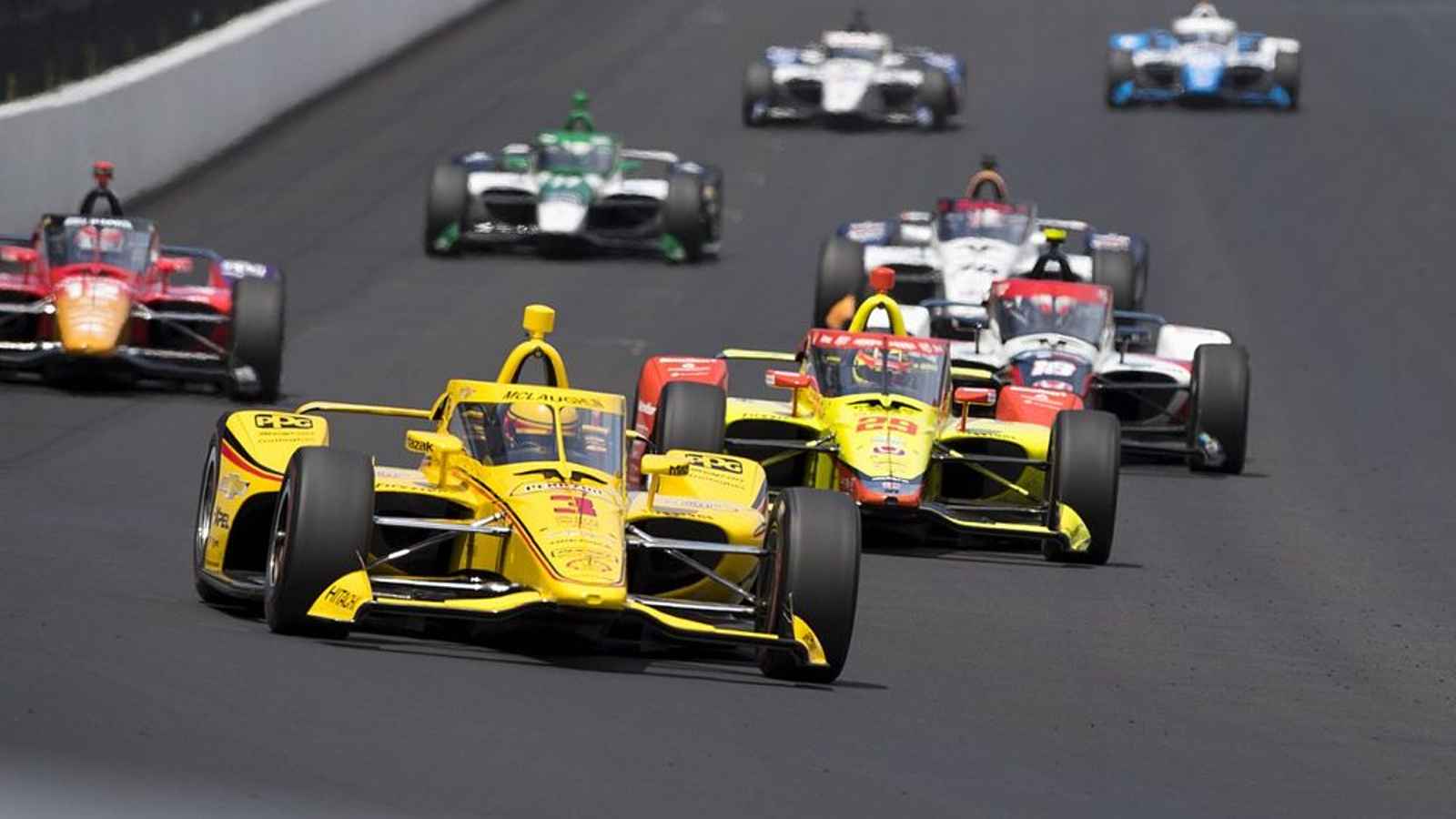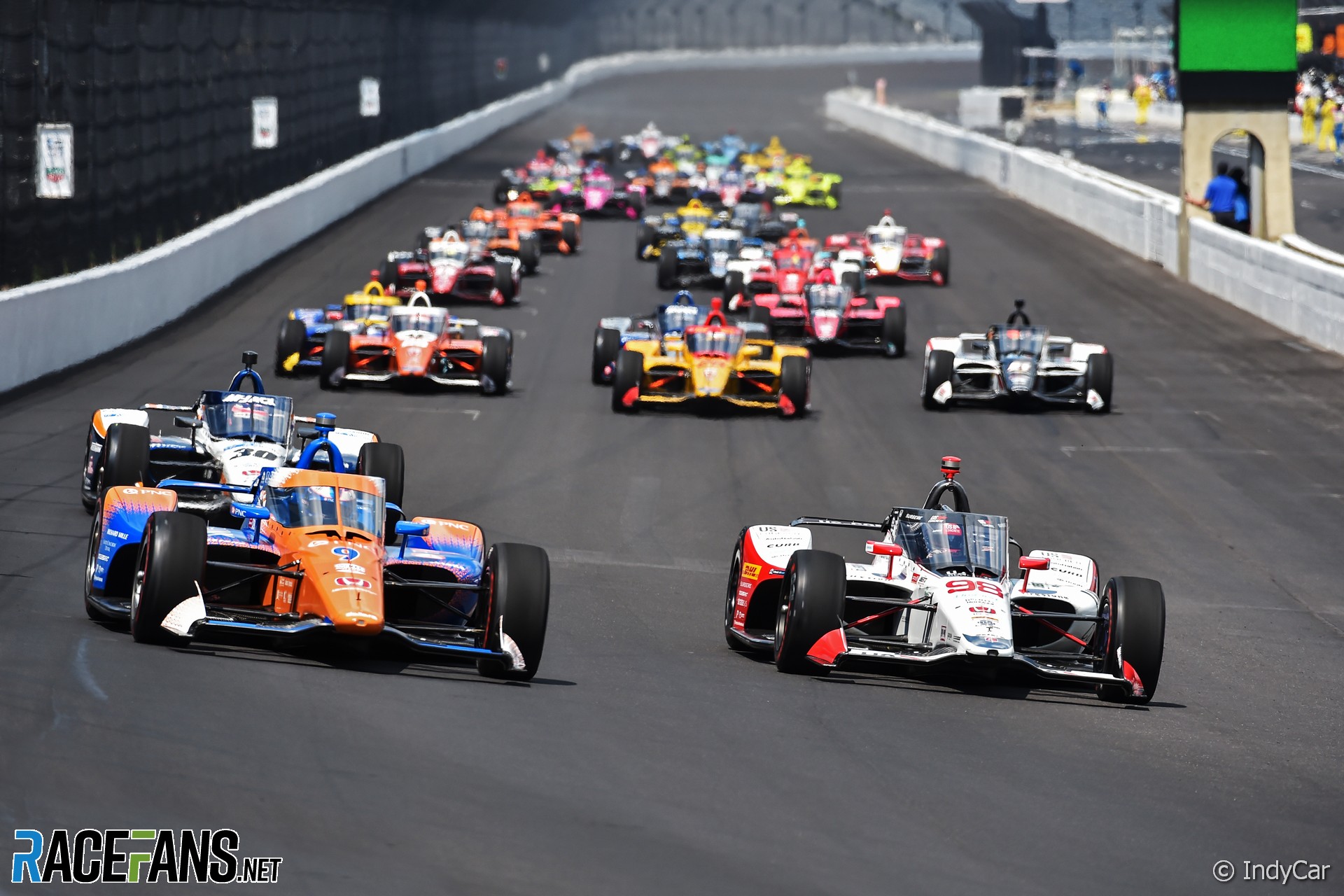Historical Significance of the Indianapolis 500 Start

The Indianapolis 500 start is one of the most iconic moments in all of sports. It is a moment that has been steeped in tradition and history for over a century. The start of the race has evolved over the years, but the basic elements have remained the same. The drivers line up in their cars on the starting grid, and when the green flag waves, they roar off into the first turn.
The Indianapolis 500 start is one of the most prestigious races in the world. It is held every year on Memorial Day weekend at the Indianapolis Motor Speedway in Indiana. The race is 500 miles long and is run on a 2.5-mile oval track.
The Indianapolis 500 start is a spectacle to behold, with all the cars lined up on the grid and the crowd roaring with excitement.
The Origins of the Indianapolis 500 Start
The Indianapolis 500 was first run in 1911. The race was originally called the International 500-Mile Sweepstakes, and it was held on a 2.5-mile dirt track. The start of the race was a simple affair. The drivers lined up in their cars on the starting grid, and when the flag dropped, they were off.
The Indianapolis 500 is an annual open-wheel car race held at Indianapolis Motor Speedway in the state of Indiana. The race is considered one of the most prestigious in the world and is part of the Triple Crown of Motorsport.
The race is held on Memorial Day weekend and is known for its high speeds and close finishes. The Indianapolis 500 finishing order is determined by the number of laps completed by each driver. The driver who completes the most laps in the shortest amount of time is declared the winner.
In the early years of the race, there were no pace cars. The drivers simply started the race on their own. This led to several accidents, and in 1919, the race organizers decided to add a pace car to the start of the race.
The Indianapolis 500 is an annual open-wheel car race held at Indianapolis Motor Speedway in the state of Indiana. Commonly known as the Indy 500 or “the 500,” it has been run since 1911 and is considered part of the triple crown of motorsports.
If you’re wondering, is the indy 500 canceled , the answer is no. The race is scheduled to take place on May 28, 2023.
The “Gentlemen, Start Your Engines” Tradition
One of the most iconic traditions of the Indianapolis 500 start is the “Gentlemen, start your engines” command. This command is given by the chief steward of the race, and it signals the drivers to start their engines. The tradition dates back to the early days of the race, when the drivers used hand-cranked engines to start their cars.
The Safety of the Indianapolis 500 Start
The safety of the drivers has always been a top priority for the Indianapolis 500 organizers. Over the years, a number of safety measures have been implemented to make the start of the race safer.
The Indianapolis 500 is an annual open-wheel car race held at Indianapolis Motor Speedway in the state of Indiana, United States. If you’re wondering if the race has already begun, you can check the latest updates has the indy 500 started yet.
The race is known for its high speeds and close finishes, and is considered one of the most prestigious races in the world.
- The addition of a pace car in 1919 helped to reduce the number of accidents at the start of the race.
- In 1934, the starting grid was widened to give the drivers more room to maneuver.
- In 1954, the race organizers added a “rolling start” to the race. This meant that the drivers started the race at a slower speed, which reduced the risk of accidents.
- In 1969, the Indianapolis Motor Speedway was repaved with asphalt, which made the track safer for the drivers.
Technical Aspects of the Indianapolis 500 Start

The Indianapolis 500 start is a highly technical and demanding procedure that requires precision and coordination from both the drivers and pit crews. The success of a driver’s start can significantly impact their performance throughout the race.
One of the most critical aspects of the start is engine preparation. The engines used in the Indianapolis 500 are incredibly powerful, and they must be carefully tuned to deliver maximum performance off the line. Drivers and their teams spend hours fine-tuning the engine’s ignition timing, fuel mixture, and other parameters to ensure it produces the optimal amount of power and torque.
Driver Positioning
Driver positioning is another key factor in a successful start. Drivers must be able to quickly and accurately position their cars in the starting grid, while also maintaining a safe distance from other drivers. The starting grid is extremely tight, and any slight misalignment can result in a collision or a loss of position.
Car Setup
The car’s setup also plays a crucial role in the start. The suspension, tires, and aerodynamics of the car must be carefully adjusted to provide the driver with the best possible handling and stability off the line. Drivers and their teams will often experiment with different setups during practice sessions to find the combination that works best for their individual driving style.
Pit Crews
Pit crews also play a vital role in the start of the Indianapolis 500. They are responsible for preparing the car and driver for the start, and they must be able to execute a quick and efficient pit stop if necessary. Pit crews will often practice their pit stops multiple times before the race to ensure they can perform them as quickly and smoothly as possible.
Cultural Impact of the Indianapolis 500 Start

The Indianapolis 500 start is a cultural phenomenon that has transcended the realm of motorsports. It is a spectacle that captures the imagination of millions worldwide, leaving an indelible mark on American culture.
The start of the Indianapolis 500 has been immortalized in popular culture, appearing in countless films, television shows, and music videos. It has inspired songs like “Back Home Again in Indiana” and “The Greatest Spectacle in Racing.” The race’s iconic green flag has become a symbol of American ingenuity and determination.
Economic and Tourism Impact
The Indianapolis 500 start is a major economic driver for the city of Indianapolis. The race generates an estimated $400 million in revenue each year, supporting local businesses and creating thousands of jobs.
The race also attracts a massive influx of tourists to Indianapolis. In 2023, over 300,000 people attended the Indianapolis 500 weekend, contributing significantly to the city’s tourism industry.
The Indianapolis 500 is an annual open-wheel car race held at Indianapolis Motor Speedway in the state of Indiana. It is considered one of the most prestigious races in the world, and is part of the Triple Crown of Motorsport.
The race is held on Memorial Day weekend, and is known for its high speeds and close finishes. The starting order for the race is determined by a qualifying session held the week before the race. The Indianapolis 500 running order is based on the qualifying times, with the fastest driver starting in the pole position.
The race is 500 miles long, and is typically completed in around three hours.